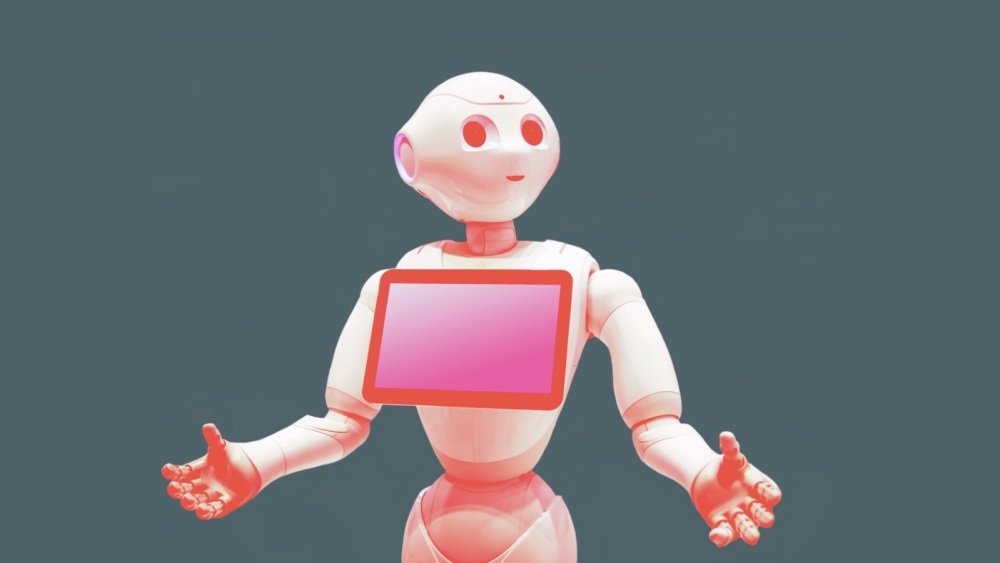We asked:
Are humanoid robots in Japan the future of caregiving or a threat to human employment and social interaction?
Simplified Overview:
Japan's latest humanoid robots are designed to assist with tasks such as cleaning and providing care for the elderly. These robots are equipped with advanced AI technology and are expected to become increasingly prevalent in Japanese society.
Insider Look:
Humanoid Robots Take a Step Further in Japan
The world of robotics is no longer limited to the bounds of fiction. The technological advancements in the field of robotics are staggering, and the recent developments of humanoid robots in Japan are awe-inspiring.
Japan has been one of the forerunners in the development of robotics for quite some time now. The country that gave us the iconic humanoid robot “ASIMO” by Honda has once again taken a step further with the development of more human-like robots.
A team of researchers at the University of Tokyo’s JSK Laboratory has managed to develop a humanoid robot that can perform intricate movements such as backflips, cartwheels, and even throw a basketball. The robot, named “Gymnast,” is 150 centimeters in height and weighs around 20 kilograms.
What sets Gymnast apart from other humanoid robots is its agility and flexibility. The robot uses a combination of machine learning and human guidance to learn its movements. The team of researchers used a technique known as reinforcement learning to teach Gymnast its movements. Reinforcement learning is an AI technique whereby the robot learns from its successes and failures.
Gymnast’s unique abilities can be attributed to its design. The robot has 56 motors in its legs, torso, and arms, giving it a greater range of motion. The researchers also placed a series of sensors throughout the robot’s body, allowing it to have a better understanding of its environment.
The team of researchers at JSK Laboratory hopes to use the knowledge gained from Gymnast’s development in other fields. They believe that the technology used in Gymnast can be applied to disaster relief, manufacturing, and even space exploration.
Gymnast is not the only humanoid robot that has been developed in Japan. The “T-HR3,” developed by Toyota, is another robot that is designed to mimic human movement. The robot is built to be controlled remotely by a human user and can perform tasks such as opening doors and carrying objects.
The advancements in robotics are encouraging, but they also raise important questions about the role of robotics in society. As robots become more advanced and more integrated into our lives, it’s essential that the ethical implications of their development are carefully considered.
In conclusion, Gymnast is a testament to the remarkable advancements in the field of robotics. The development of more human-like robots opens new doors for robotics, and who knows what the future might hold.
The world of robotics is no longer limited to the bounds of fiction. The technological advancements in the field of robotics are staggering, and the recent developments of humanoid robots in Japan are awe-inspiring.
Japan has been one of the forerunners in the development of robotics for quite some time now. The country that gave us the iconic humanoid robot “ASIMO” by Honda has once again taken a step further with the development of more human-like robots.
A team of researchers at the University of Tokyo’s JSK Laboratory has managed to develop a humanoid robot that can perform intricate movements such as backflips, cartwheels, and even throw a basketball. The robot, named “Gymnast,” is 150 centimeters in height and weighs around 20 kilograms.
What sets Gymnast apart from other humanoid robots is its agility and flexibility. The robot uses a combination of machine learning and human guidance to learn its movements. The team of researchers used a technique known as reinforcement learning to teach Gymnast its movements. Reinforcement learning is an AI technique whereby the robot learns from its successes and failures.
Gymnast’s unique abilities can be attributed to its design. The robot has 56 motors in its legs, torso, and arms, giving it a greater range of motion. The researchers also placed a series of sensors throughout the robot’s body, allowing it to have a better understanding of its environment.
The team of researchers at JSK Laboratory hopes to use the knowledge gained from Gymnast’s development in other fields. They believe that the technology used in Gymnast can be applied to disaster relief, manufacturing, and even space exploration.
Gymnast is not the only humanoid robot that has been developed in Japan. The “T-HR3,” developed by Toyota, is another robot that is designed to mimic human movement. The robot is built to be controlled remotely by a human user and can perform tasks such as opening doors and carrying objects.
The advancements in robotics are encouraging, but they also raise important questions about the role of robotics in society. As robots become more advanced and more integrated into our lives, it’s essential that the ethical implications of their development are carefully considered.
In conclusion, Gymnast is a testament to the remarkable advancements in the field of robotics. The development of more human-like robots opens new doors for robotics, and who knows what the future might hold.
Key Takeaways:
Story Highlights in 3 words:
Humanoid, Robotics, Japan
Winners & Losers:
Pros:
1. Humanoid robots can perform tasks that are too dangerous or difficult for humans, such as exploring hazardous environments or lifting heavy objects.
2. They can also be used in healthcare settings to provide companionship and assistance to elderly or disabled individuals.
3. Humanoid robots can potentially increase efficiency and productivity in various industries, as they can work 24/7 without getting tired or needing breaks.
Cons:
1. The development and production of humanoid robots can be costly, which may limit their accessibility to certain industries or individuals.
2. There are ethical concerns surrounding the use of humanoid robots, particularly in terms of their potential impact on employment and the displacement of human workers.
3. There is also the risk of humanoid robots malfunctioning or causing harm to humans, which could have serious consequences.
Bottom Line:
Japan's development of humanoid robots showcases the country's technological prowess and could revolutionize industries such as healthcare, but also raises ethical concerns about the role of robots in society.

Ref.
Join The Conversation!





